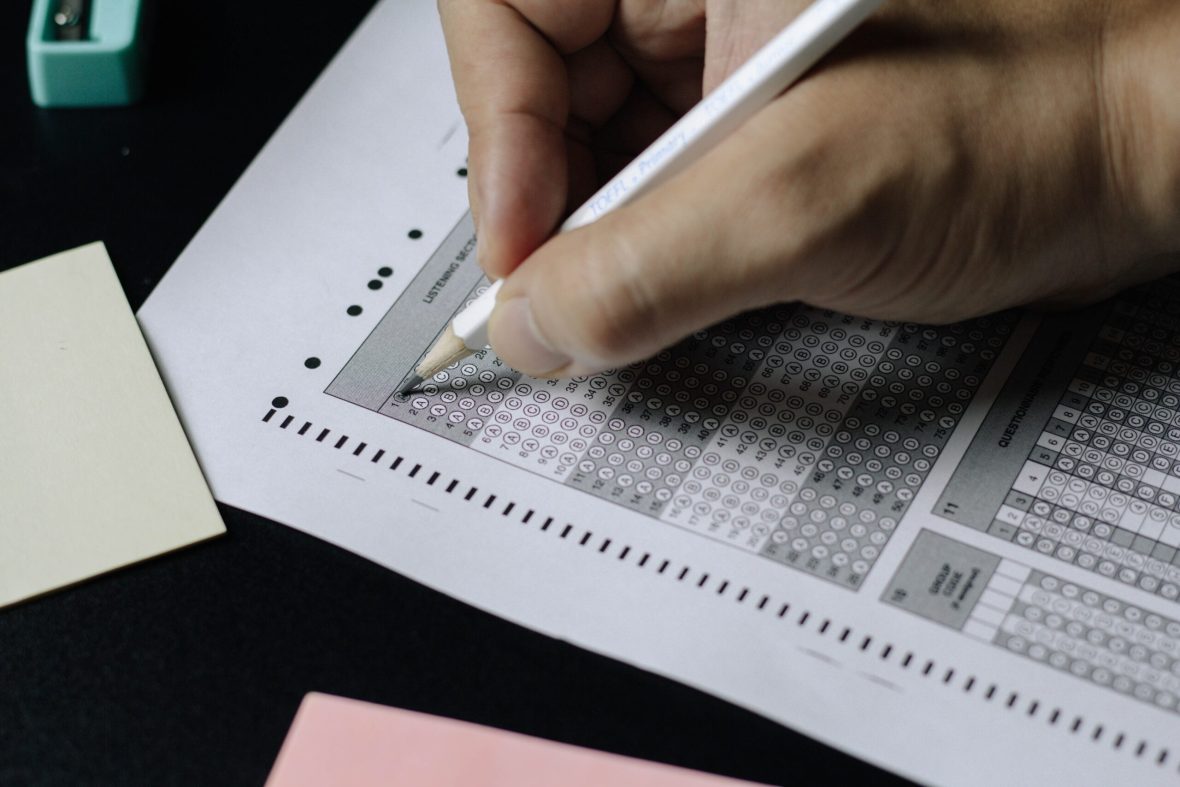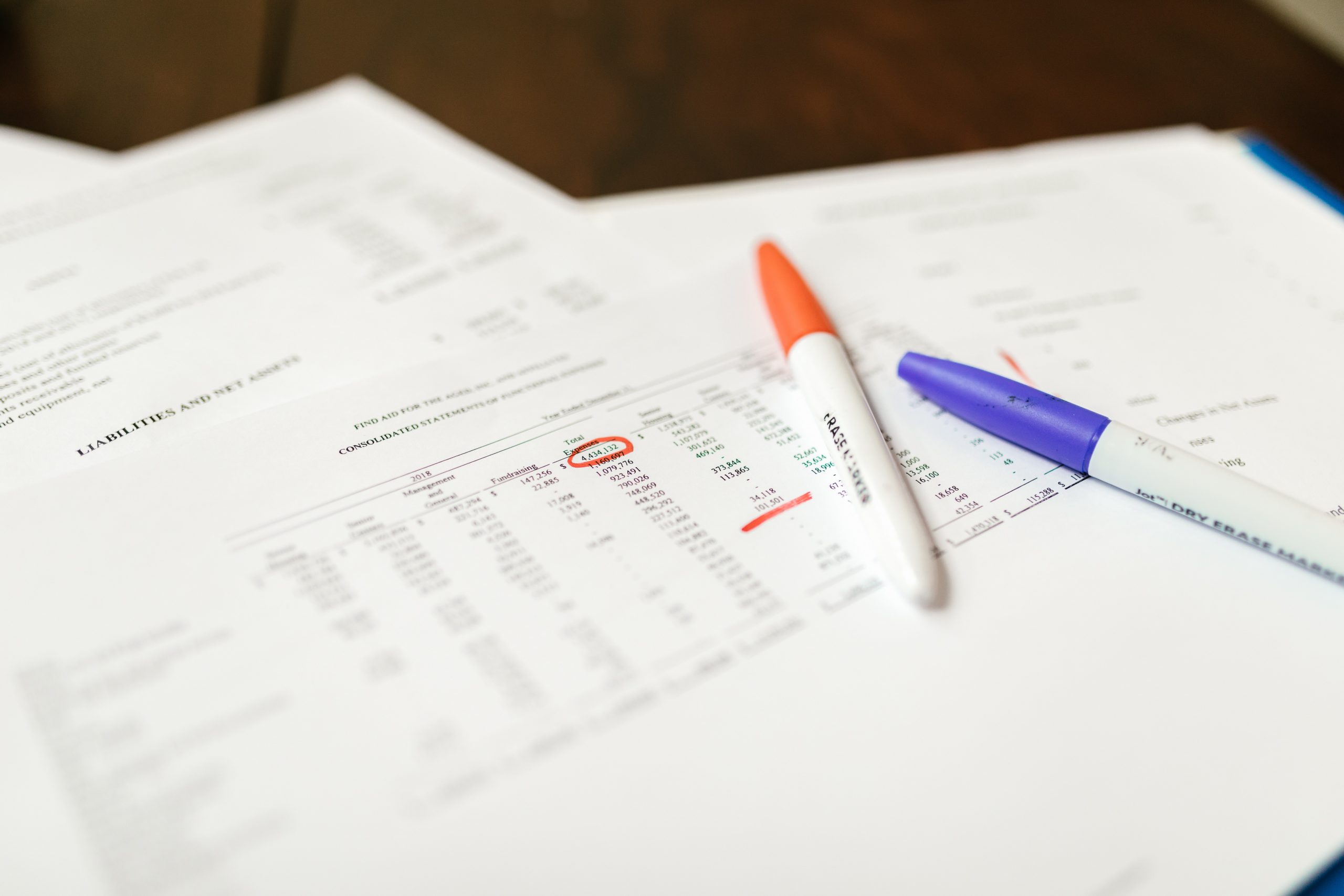It has become apparent confusion in the minds of many people regarding the meaning of the terms “test, measurement, and evaluation”.
Thus, when an achievement test is administered, teachers might say they are testing achievement, measuring achievement, or evaluating achievement.
Whereas these terms are certainly related, they are not synonymous. Tests have the narrowest meaning of the three terms.
Test
A test is regarded as an instrument systematically meant for measuring behaviour. It involves the presentation of a standard set of questions to a person or a group of persons to be answered.
Arising from the answers given or supplied, a measure is obtained, and this measure, usually called a score, is quantitative or numerical.
However, testing is just a type of measurement. We can measure characteristics in ways other than by testing. These other ways include using observations, rating scales, and inventories.
So, measurement is a broader term than a test. Its outcome is always expressed in numbers or quantitatively.
Measurement
Measurement is a process. The process of administering and scoring tests, for example, is measurement.
It tends to answer the question “How much?” Its outcome might be, for example, that Tolu correctly solved seven out of ten statistics problems.
But EVALUATION is broader in its meaning. Evaluation involves both measurement (quantitative descriptions) and non-measurement (qualitative descriptions). It includes a value judgment on the worth of the description obtained.
The interpretation of scores is a part of the evaluation. In our example on Tolu, questions such as Is his work neat? Is it legible? Is she making progress?
In statistics, how well does he compare with his colleagues in statistics? Is the score 7 out of 10? All these questions are relevant to the evaluation.
Evaluation
Then, evaluation may be defined as a process that allows one to make a value judgment about a measure or the process of providing useful information for judging decision alternatives.
It has been defined by Grounlund (1985) as the systematic process of collecting, analysing, and interpreting information to determine the extent to which pupils are achieving instructional objectives.
Purpose of the test
The purpose of tests largely determines both the types of tests that are desirable and the properties or characteristics of the test that will be appropriate. The following are how tests are important:
Clarification of course objectives
Every course of study has stated objectives to achieve at the end of the lesson. The objectives are measures of the lesson’s success.
If these objectives are achieved at the end of the lesson, the lesson is successful, but if the objectives are not well achieved, the teacher has to re-explain the concept of the lesson in line with the stated objectives to ascertain the understanding of the lesson.
Therefore, the test stimulates a teacher to clarify and refine course objectives.
Test serves as a means of feedback.
The test provides a means of feedback to the counsellor. A counsellor collects information on students’ intellectual abilities, interests, aptitudes, and other distinctive personal characteristics to assist the student in understanding themselves through accurate knowledge of their strengths and weaknesses.
The information helps the students to plan their education and career pursuits.
The test provides quality control.
Every school wants to affirm the quality of its sweat on students that the particular school is producing. The tool to be used to confirm this is a test.
Without a test, it will be difficult to ascertain the quality of the efforts. Tests provide a mechanism of quality control for a school or school system.
The test serves as a program evaluation.
There are programs initiated in schools. Some are academic programs, while others are non-academic programs. The only thing to use to measure the programs is to evaluate them.
Evaluation is a method to understand the effectiveness of the programs. Tests are useful for program evaluation and help counsellors evaluate the outcomes of guidance and counselling. The test is useful for research purposes.
The test is useful for research purposes. It is the stimulation that propels the researcher to research a particular topic. The test makes us have an in-depth study of a course of study.
It can be used for fashioning out the structure on which a lasting and enduring guidance program can be based.
Test activates classification and placement.
Test facilitates better classification and placement decisions. Classification is the process of deciding which group a person should be placed in.
For example, in our secondary schools today, Junior School Certificates are awarded. Examination scores are used by the counsellors to place students in the four academic areas: Arts, Science, Technical, and Commercial during the first year of senior secondary school.
Similarly, scores obtained from vocational interest, inventories, and aptitude tests help a counsellor to place an individual counselee into a vocational or career environment within which he can perform maximally and remain the person he is.
Test increases the quality of the selection decision.
The test can increase the quality of selection decisions. We may note that the selection decision is concerned with whether a person should be admitted, employed, rejected, etc.
Tests are the primary criterion for identifying gifted or retarded children. For example, if students want to be admitted to a school and the population is beyond what the school wants, the test will be conducted to select the best candidates and reduce the population.
Also, to get a job, tests and interviews will be conducted to select the best applicants.
The test serves as a diagnostic tool.
Tests serve as a diagnostic tool. Counsellors use tests such as personality tests and CGM Bakare’s tests to diagnose students’ problems, such as inability to cope with others or create and sustain relationships with others, fears, poor study habits, etc.
Tests also help identify or isolate factors contributing to such problems. With the identification of problems and their causal factors, counsellors then work out modalities or techniques for coping with or resolving the problems.
The test serves as a prediction.
Tests can be used to predict future behaviour. For example, test scores provide a reliable basis for predicting academic realities and career possibilities.
Scores in achievement tests are used to help students choose SSSCE. Such subjects are those in which students have consistently scored well, right from their SS 1 class.
Foundation of certification.
The test helps to acquire certificates. Without a test or an examination, there is no certificate. The only way to determine the quality assurance of the students is to pass the tests and examinations by the school.
The students must pass all the tests before the certificates can be awarded to them. Read the similar post on this page.









